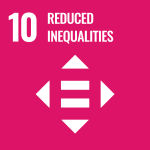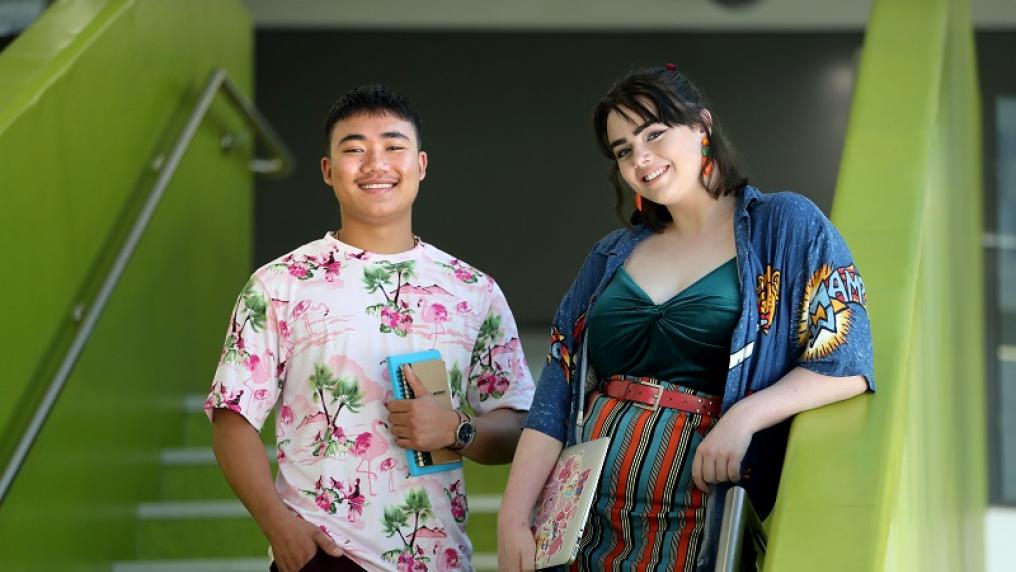Goal 10: Reduce inequalities
In everything we do, from our teaching to our outreach projects, we strive towards equality and inclusion for our diverse, treasured community.
Several VU programs work directly with local government to improve access to education and employment, and provide support where it is most needed.
Research activity extends the reach of this approach, addressing global inequalities through economic and social investigation.
By mid-2022, one in 251 people worldwide was a refugee, the highest proportion ever documented. Achieving SDG 10 requires concerted efforts to address the root causes of wage disparities and access to resources both within- and between-country inequality.
– United Nations
Sustainability on campus
VU’s commitment reflects UNESCO's Universal Declaration on Cultural Diversity, which states that: “cultural rights are an integral part of human rights”. VU has an intercultural approach to learning and teaching and to ensure that education is both inclusive and accessible to all students.


















